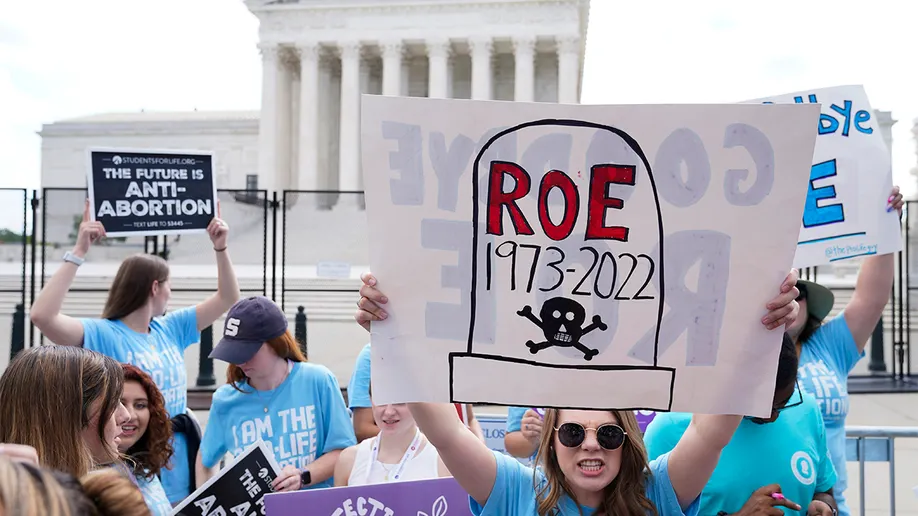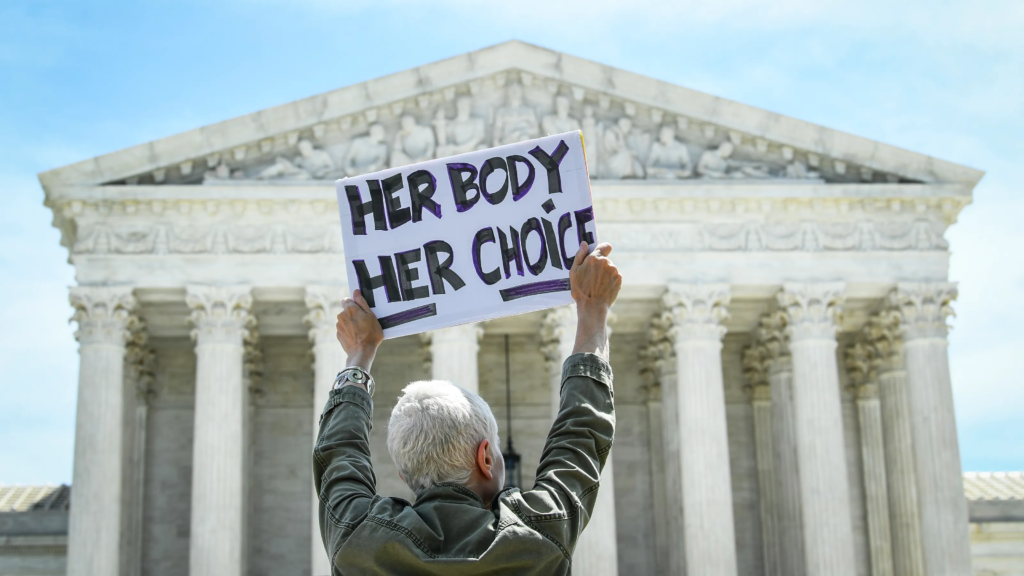The future of abortion rights in the United States took a dramatic turn on June 24, 2022, when the Supreme Court overturned Roe v. Wade. For nearly 50 years, Roe v. Wade protected the constitutional right to abortion across the nation. Its reversal in the Dobbs v. Jackson Women’s Health Organization case ended federal protection for abortion rights and returned the authority to regulate abortion back to individual states.
This decision has reshaped the legal and social landscape of abortion access. Some states have moved quickly to restrict or ban abortion, while others have taken steps to protect and expand access. The future of abortion rights now depends on where someone lives, the legal battles in state courts, and ongoing political debates.
This article explores what the end of Roe means for abortion access, the changes happening at the state level, the challenges ahead, and what this means for people across the country.
What Was Roe v. Wade?
To understand the future of abortion rights, it is important to first understand what Roe v. Wade was and why it was so significant.
In 1973, Roe v. Wade was a landmark Supreme Court decision that legalized abortion nationwide. The Court ruled that a woman’s right to privacy, as protected by the Constitution’s 14th Amendment, included the right to terminate a pregnancy without excessive government restriction, especially in the early months.
For almost five decades, Roe set the legal foundation for abortion access in the United States. However, it faced consistent challenges from some states and lawmakers who sought to restrict abortion access through laws and court cases.

The Dobbs Decision and Its Impact
The 2022 Supreme Court decision in Dobbs v. Jackson Women’s Health Organization overturned Roe and ruled that the Constitution does not guarantee a right to abortion. This ruling returned the power to regulate abortion to the states.
Instead of abortion being legal nationwide, now each state decides whether to allow, restrict, or ban abortion. This has created a patchwork of laws across the country, leading to vastly different experiences depending on where someone lives.
A Divided Nation: States Ban or Protect Abortion
After the Dobbs ruling, many states acted quickly to change their laws.
States Banning or Severely Restricting Abortion
More than 20 states have either banned abortion completely or placed severe restrictions on it. Some states had “trigger laws” that automatically banned abortion once Roe was overturned. These states include Texas, Oklahoma, Alabama, Mississippi, Tennessee, Missouri, and South Dakota, among others.
In these states, abortion is illegal except in very limited cases, such as to save the life of the pregnant person.
States Protecting and Expanding Abortion Access
In contrast, many states like California, New York, Illinois, Oregon, Washington, and Colorado have moved to protect abortion rights and even expand access. These states have passed laws that guarantee abortion access and offer protections for patients and providers.
This divide means the future of abortion rights depends heavily on geography, with some states making abortion nearly impossible to obtain and others working to safeguard it.
Legal Challenges and Unanswered Questions
The post-Roe landscape has led to many legal battles. Several lawsuits are challenging abortion bans and restrictions in state courts. These cases raise questions about:
- State constitutional protections for abortion
- The rights of patients to emergency care
- Access to medication abortion
- How states handle cases where people cross state lines for abortion care
Some courts have temporarily blocked abortion bans, while in others the bans remain in effect. These legal fights will continue to shape abortion access in the coming years.
The Role of Medication Abortion
Medication abortion, which uses pills to end a pregnancy, now accounts for over half of all abortions in the U.S. The Food and Drug Administration (FDA) has approved the use of two drugs—mifepristone and misoprostol—for this purpose.
However, medication abortion is also under attack. Lawsuits have challenged the FDA’s approval of these drugs, and the Supreme Court may soon weigh in on whether they should remain available. The outcome could significantly affect abortion access nationwide.
Traveling for Abortion Care
Because of varying state laws, many people are forced to travel long distances to reach abortion providers in states where it remains legal. This creates many challenges:
- Increased travel costs and time
- Difficulty arranging childcare or time off work
- Greater health risks due to delays
Nonprofit groups and some states have tried to help by offering travel assistance and legal support, but barriers remain high for many people, especially those with fewer resources.
Impact on Marginalized Communities
The future of abortion rights is particularly uncertain for marginalized communities, including:
- Low-income individuals
- People of color
- Residents of rural areas
- Young people
- LGBTQ+ individuals
These groups often face greater barriers to healthcare and are more affected by abortion restrictions. Studies show that limiting abortion access leads to negative health and economic outcomes for these communities.

Political and Public Reactions
Voter Attitudes and Ballot Measures
In many states, voters have had the opportunity to directly influence abortion laws through ballot initiatives. In states like Kansas, Kentucky, Montana, and Michigan, voters have chosen to protect abortion rights, even where conservative majorities exist.
These results indicate that public opinion on abortion is complex and not strictly divided along party lines.
Federal Legislation Efforts
At the federal level, lawmakers have tried but failed to pass legislation that would protect or ban abortion nationwide. Congress remains divided on the issue, and no clear national policy is likely in the near future.
As a result, the future of abortion rights remains mostly determined at the state level for now.
What to Expect Moving Forward
The legal and political fight over abortion rights is far from over. Key developments to watch include:
- Court rulings on state abortion bans
- New state laws and ballot initiatives
- Federal court decisions on medication abortion
- Possible changes in Congress after future elections
Both pro-choice and anti-abortion groups continue to mobilize, advocating for their positions and preparing for upcoming legal and political battles.
Conclusion
The future of abortion rights in the United States is uncertain and highly dependent on location. Since the end of Roe v. Wade, abortion access has become a state-by-state issue, with some states banning abortion and others protecting it.
This new reality has created challenges, especially for marginalized groups, and sparked ongoing legal and political battles. How abortion rights evolve in the coming years will be a defining part of the nation’s conversation about individual rights, healthcare, and the role of government
Do Follow USA Glory On Instagram
Read Next – Trump Universal Import Tariff: Impact on U.S. Economy






